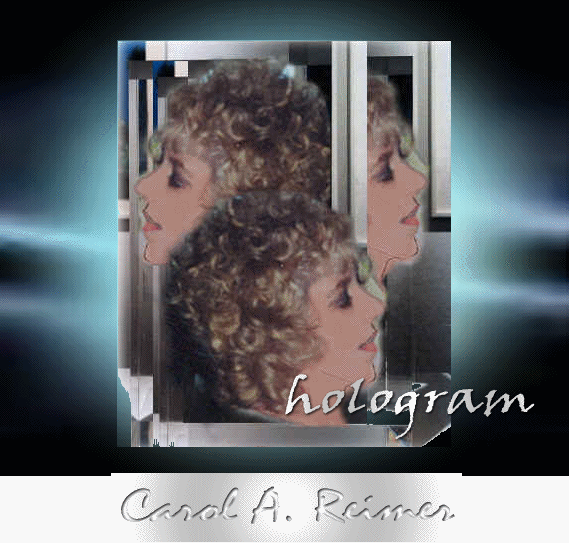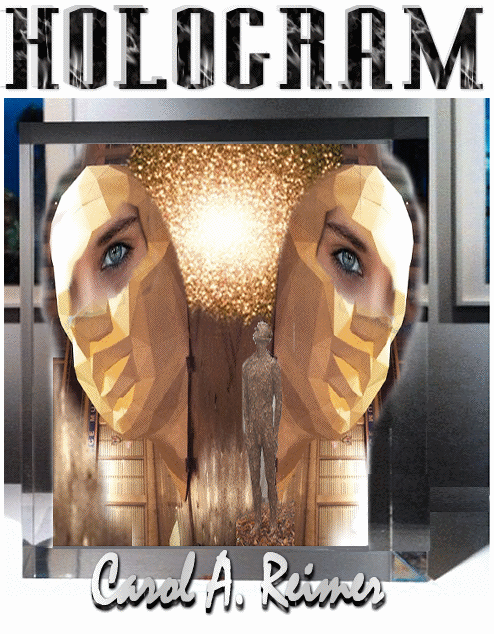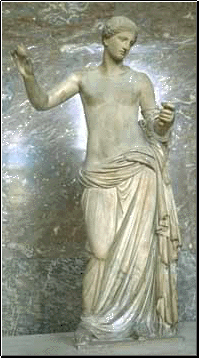 |
||
|
|
||
 |
||
|
A growing concept exists within the scientific community that the World we live in is a hologram. Many scientists are now seriously considering the possibility that the entire Universe was designed by a computer program, as first suggested in 1967 by the legendary Konrad Zuse, who also built the World’s first working general computer between 1935 and 1941. Zuse’s 1969 book ‘Calculating Space’ discusses how a particular computer, a cellular automaton, might compute all elementary particle interactions, and thus the entire Universe. The idea is that every electron behaves the same, because all electrons re-use the same subprogram over and over again. Albert Einstein described ‘reality’ as an illusion. We think the World is ‘solid’ when in reality, it is comprised of vibrational, electrical, chemical, electromagnetic, and digital information. A hard concept to embrace and many of us resist. You reply (and rightly so), “Well then, what is real? How do you define real?” If you’re referring to your five senses - what you can feel, smell, hear, taste, see - forget it. They are merely receptors of the millions of electrons you’re surrounded by on a daily basis that send electrical signals for your brain to interpret. Other scholars and physicists support this theory. Some have gone further and suggested the most incredible concept yet. What if we’re actually more likely to be artificial intelligences trapped in a ‘fake’ Universe than organic minds in the ‘real’ one? Although we may think we are physical beings moving through a physical World, this too may be an illusion. We may really be ‘receivers’ floating through a kaleidoscopic sea of frequency, and what we extract from this sea and transmogrify into physical reality is but one channel from many extracted out of the ‘super hologram‘. We ourselves may be holograms. This striking new picture of reality, has come to be called the ‘Holographic Paradigm‘, and although many scientists have greeted it with skepticism, it has galvanized others. A small but growing group of researchers believe it may be the most accurate model of ‘reality’ science has arrived at thus far. More than that, some believe it may solve some mysteries that have never before been explainable by science and even establish the ‘paranormal’ as a part of nature. Once you realize that the energies of life are ‘fluid’ and can be moved about, the false perception of limitation becomes diluted. By expanding our minds, we can change the existing World hologram. However, it’s obvious that the ‘Holographic Paradigm‘ isn’t readily acceptable to ordinary people. The concept that our World is a holographic construct designed by a ’simulator/s’ and that we, as individuals, are ‘holograms’ living our lives in some predestined ‘design’ clashes strongly with the very foundation of our religious belief system and undermines our self-confidence and hopes for the future. Combine this anomaly with the threat of a looming extinction because of some outrageous claims made by scientific psychopaths who envision ‘robots’ ruling the World. The weird consequences might not end there. Our ‘simulators’ may be simulations themselves; just one rabbit hole within a linked series, each with different fundamental physical laws. If indeed we’re just a ‘simulation‘, it would be logical to assume that we’re really not measuring up to the laws of nature, but an attempt at some sort of ‘artificial law’ that the ‘simulators’ have come up with. In that case, maybe our best strategy would be to lead lives that amuse our audience in the hope that our simulator-gods will resurrect us in the afterlife of next generation simulations. How depressing. Today’s supercomputers have already crudely modeled the early Universe, simulating how infant galaxies grew and changed. Given the rapid technological advances we’ve witnessed over past decades, your cell phone has more processing power than NASA’s computers had during the ‘Moon landings‘ (which some say were orchestrated and not true). It’s not a huge leap to imagine that such simulations will eventually encompass intelligent life. Legislation and social mores could soon be all that keeps us from creating a Universe of artificial, albeit ‘feeling humans‘, but our tech-savvy descendants may find the power to play God too tempting to resist. What if our almighty ‘simulators’ programmed us into a universe-size reality ‘show’ and were capable of manipulating the rules of the game purely for their entertainment? These are some of the questions Alexis, along with her immediate family, featured in ‘Hologram’ are dealing with, albeit on a subliminal level. Motivated to write her next story with substance, Alexis attracts the right circumstances and people into her life to help her achieve her goal. The pages of ‘Hologram’ are written in a fictitious setting with a scientific undertone. The reader is invited to accompany the story’s characters in different settings and then given the opportunity to become involved in finding solutions to the challenges exposed within the pages of ‘Hologram‘. The story doesn’t have an ending . . . at least not yet. Much will depend on the reactions of readers who are truly concerned with the many ills existing within our present day society. Meanwhile, our thanks to those who have contributed their time and energy towards alerting the public in their own unique venue. Perhaps after reading Hologram, other authors will step forward and share their insights. Available on AMAZON.COM |
